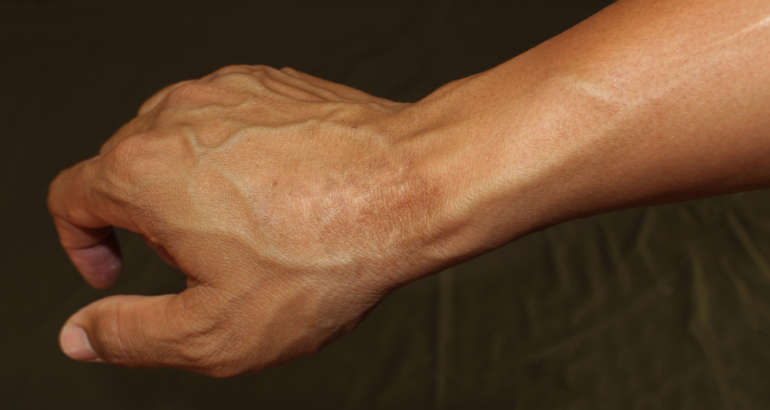Women and men who have a wound that hasn’t healed quite right or appears larger than the original injury often want to know: Do I have keloids?
Continue reading to learn all about keloids, including causes, risk factors, and symptoms.
What Are Keloids?
Keloids occur when extra scar tissue develops over a wound to form smooth, hard growths.
They can be larger than the original wound and pose a significant cosmetic concern for many women and men.
Where Can Keloids Form?
While keloids can develop on virtually any part of the body, they are especially common on the chest, shoulders, earlobes, and cheeks.
Do I Have Keloids?
If you have sustained an injury and noticed the formation of extra scar tissue, you may be wondering: Do I have keloids?
Keloids typically present as a:
- Localized area that is flesh-colored, pink, or red
- A lump or ridge in the skin that is often raised
- An itchy patch of skin
It’s also worth noting that the area usually continues to get bigger over time and may even surpass the size of the original wound.
What Causes Keloids?
Keloids can be caused by a number of factors including:
- Scratches
- Surgical incision sites
- Vaccination sites
- Acne scars
- Chickenpox scars
- Burns
- Ear piercing
Who’s At Risk for Developing Keloids?
Keloids appear to have a genetic component, and individuals with a family history are more susceptible to developing them. Particularly if one or both parents have keloids.
Other risk factors include:
- Being younger than 30 years of age
- Being pregnant
- Being of Asian descent
- Being of Latino descent
Schedule a Consultation for Keloids
If you are wondering – Do I have keloids? – please call our office today to schedule a comprehensive consultation with board-certified dermatologist and fellowship-trained Mohs surgeon Dr. Johnathan L. Chappell.



